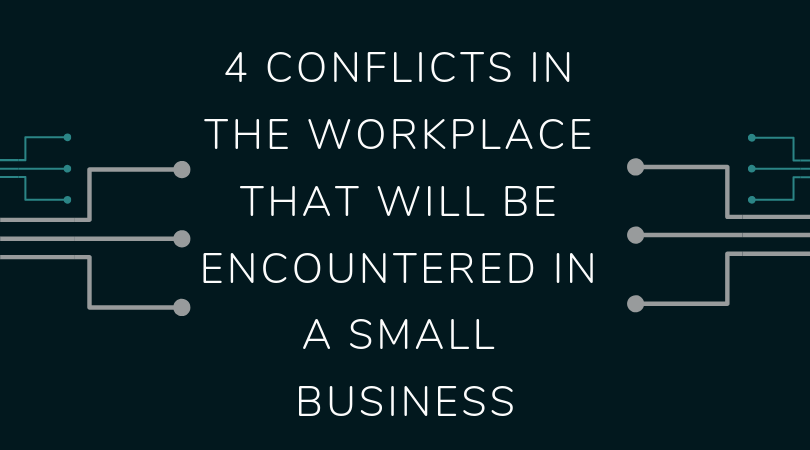Just as conflict is an inevitable part of our personal lives, it is inevitable at the workplace. But it is quite difficult to resolve these staff conflicts. Employees who have unresolved issues at work usually feel hopeless, dissatisfied, depressed and generally unhappy. If these issues are not dealt with, they can cause employees to be aggressive or violent, to withdraw, or even resign, which causes deeper issues such as: high employee turnover, absenteeism and company culture deficits.
Here are 4 common types of conflicts you will probably encounter while your non-profit organization is growing.
1. Conflicts in Leadership
Each leader leads his/her team in the way he/she personally feels is best. Working as a team will always make these different leadership styles stand out even more. Keep in mind that throughout the day, your staff will likely have to work under various leaders. Your staff may become confused or irritated because of how many different leadership styles they have to handle.
For example, one executive director or program manager may have a very open and inclusive style of communication, while you may prefer to take a more directive approach. The easiest and best way to solve this problem is to develop a culture backed with your mission and core values to guide your team. You must develop principles that are strong enough to bring about consistency when it comes to decision making and also in the overall involvement of your team in the organization.
2. Staff Conflicts Based on Interdependency
A lot of the time, staff or board member cannot get their own job done because it depends on someone else’s input, output or co-operation. For instance, your Treasurer will be late to submit reports if a member of your volunteering team always inputs numbers late. You can solve this problem by making clear each person’s responsibilities and roles and ensuring that they are held accountable.
3. Differences in Working Styles
Everyone has their own style of work when completing tasks assigned to them. This is an important thing to remember when you are training new staff and trying to manage your workload. For instance, some people work better in teams, while others are more task-oriented and independent. If you understand that people work in different ways, managing and resolving employee conflicts will be much easier for you.
Houston Chronicle writer Ruth Mayhew explains that trainers of workplace diversity usually say that employees have more in common than they have differences; but, despite their similarities, there will always be differences in culture. Culture is a set of practices, values, beliefs and traditions shared by a group, because they are of the same age, race, ethnicity, religion or gender. It is natural for your staff and board members to have different backgrounds and approaches to experiencing conflict. To prevent and handle these disputes, you must create a balance between their differences.
4. Staff conflicts in personality
Perception about a person’s character, actions or motives are usually what cause this type of clash. For instance, an employee or board member would easily view an executive leader as disrespectful and inappropriate if he abuses them verbally. If left unchecked, this staff member (and possibly others) and volunteers will harbor resentment for this leader. A good way to handle this situation would be to understand the feelings of one another and encourage the team members to put their egos aside.
Avoiding conflict in a non-profit organization should be a precautionary part of your culture. But when these conflicts do arise, they should be actively resolved, creating a positive, enriching environment that supports you in achieving your mission.


Recent Comments